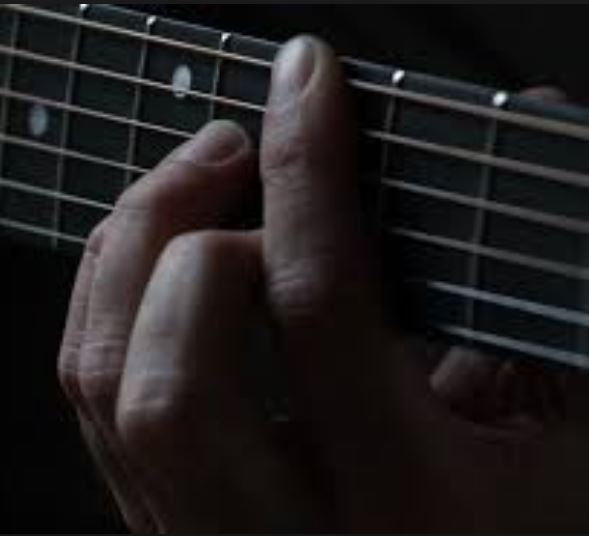
Guitar Fingering System
Every instrument comes with a system of fingering to help the composer illustrate how the piece should be played. This goes beyond tempo markings and dynamics and tells the performer exactly which finger to use to play a note, what position the student should be in, and what string the note goes on. All of this affects the sound/tone of the note.
Fingerings are important for guitarists because of the complex nature of the guitar. A guitarist can play any pitch in multiple positions. For example, the open high E string on a standard classical guitar can be played in five different positions. That is the same exact pitch on 5 different strings. Because of this, it is crucial for students to understand and utilize the fingering system. The standard fingering system goes as follows,
- Right hand fingers– P (Pulgar-Thumb), I (Indice-index), M (Medio-Middle), A (Anula-Ring), C (Chiquito-pinky).
- Left hand fingers – 0-open string, 1- index, 2 middle, 3 ring, 4 pinky. The left hand thumb is generally not used except for advanced techniques.
- Left hand positions- generally designated by roman numerals; although different publishers and composers may have different methods
- Barring – Barring is using one finger to press down multiple strings. Again, this system can vary, but generally a bar is designated with a C full bar (all six strings) or a C with a slash for a partial bar.
Student who do not understand or ignore this system will miss important elements of the music or etude which will results in wasted time and subpar performances. While students that embrace fingerings will flourish and soon find themselves on the path of self-teaching; mastering music faster and faster.
As soon as possible I teach students to utilize our fingering system. I make it a required part of their practice to write fingerings into their music if none are present. This helps students to retain and learn music; as it makes them think about what the note is, where it is located on the neck, and what finger they should use to play it. This will also serve as a guide when the student returns to practice session as they are able to recall faster what they accomplished in the last practice sessions.
As important as fingerings are, they are not set in stone. Often composers may omit fingerings, leaving it to the performer to make a musical decision as to how the piece should be played. A piece of music may have multiple typos or come from an unreliable source in which the fingering is wrong or may not be the best choice for the piece. For advanced students I often allow them to try different fingerings or make corrections when necessary.
Arrangements of pieces for guitar are another situation where I allow students to experiment. The guitar repertoire is full or arrangements from other instruments. Because of this, guitarists have more freedom to experiment with different fingerings because the music was not composed for the guitar. If the student is working on a piece composed for the guitar by a guitarist I want the student to give every fingering their best chance. The composer of the piece most likely knows the guitar and the piece better than the student. Only after working on the indicated fingering will I allow them to make changes to the suggested fingering.
There’s great power in controlling the tone of pitches when fingerings are precisely selected. I challenge you to pick an old favorite and give it new life with a carefully considered set of fingerings!
